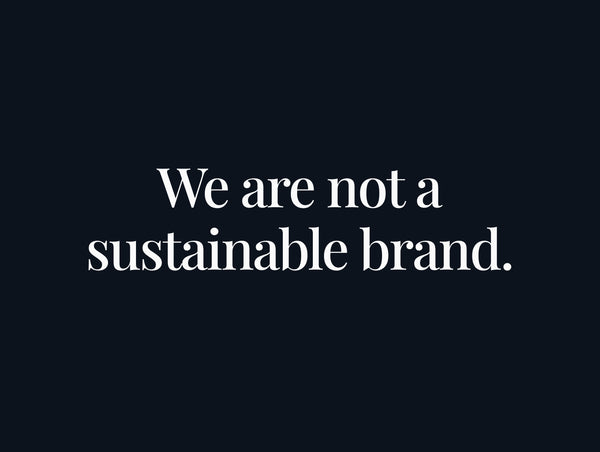
The social and political climate of the first Earth Day feels eerily similar to today, with the Trump administration actively rolling back environmental laws that most of society had long acknowledged as necessary.
Some people might not know this (we didn't), but Earth Day's original intention was to remove 12 specific politicians (dubbed the "dirty dozen") who were staunch supporters of allowing industrial pollution to continue unchecked. People were fed up, and the need for change then was in the air, just like it is now. In the words of Earth Day's founder:
"COVID-19 robbed us of Earth Day this year. So let’s make Election Day Earth Day."
–Denis Hayes

1. Originally conceived as a nationwide “teach-in,” Earth Day was given its iconic name by Julian Koenig, the advertising guru behind Volkswagen's “Think Small” campaign.

2. The name, and the urgency of the issues it signified, helped create a massive turnout on the first Earth Day in 1970: 20 million people across the country took part, nearly one tenth of the US population at the time.

3. In addition to nationwide marches, demonstrations, and cleanups on that inaugural Earth Day, a group of students from Michigan staged a mock trial of automobiles that ended with them smashing a car with sledgehammers.

4. The scope and spread of this mobilization led to real, lasting political action under a Republican President. The Clean Air Act, the Clean Water Act and the Endangered Species Act were all passed by Congress soon after, and Richard Nixon was so influenced by such intense public engagement he established the Environmental Protection Agency.

5. Earth Day’s founder and current Chair Emeritus, Sean Hayes, who successfully infused the holiday with his passion and commitment to environmental issues, works out of the Bullitt Center in Seattle. It’s known as the greenest building in the world, with a solar-panel roof and a system for collecting and purifying rainwater.

















